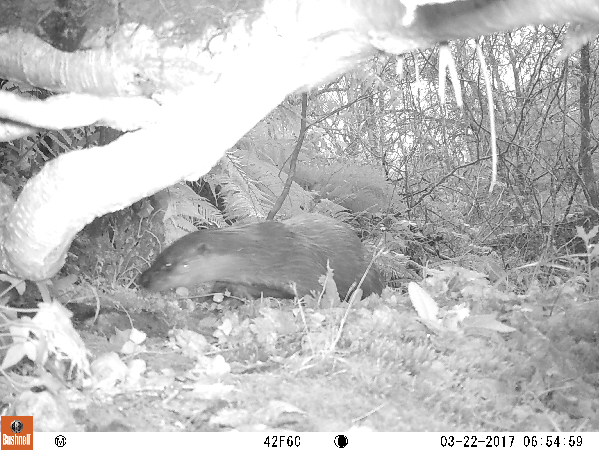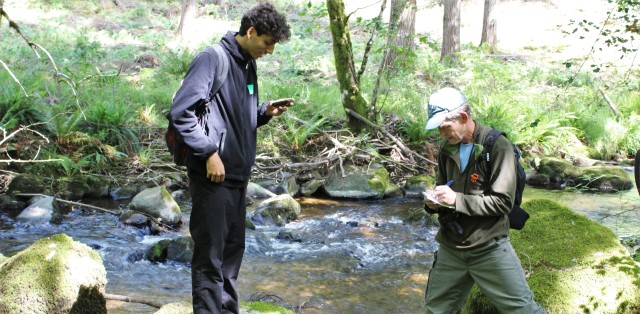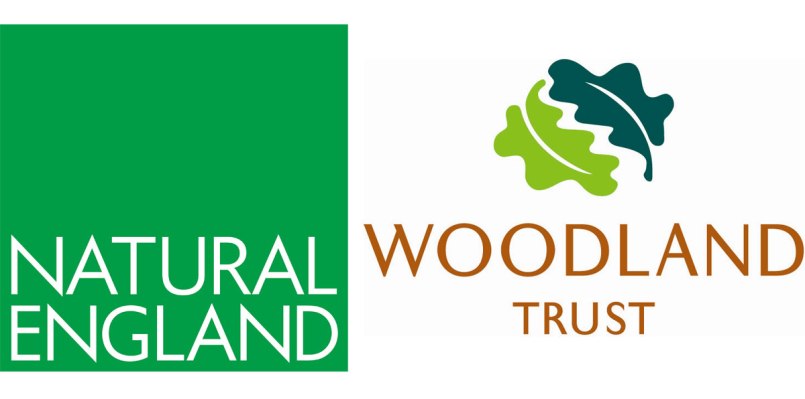Otters are very secretive and elusive animals. We know they live along the River Bovey but, how many are there? And where are they? Occasional sightings and short clips of video from stationary trail cameras only provide partial answers to those questions. So, how do we find out where they are at any particular time? Well, the answer is, legwork! By monitoring the signs otters leave behind, we can slowly build up a picture of where they move around the valley throughout the year.

The otters of East Dartmoor National Nature Reserve are regularly monitored by volunteers who are sharing their skills and adopting sections, or transects of the rivers and streams in the valley to survey. The River Bovey and the Becka Brook are the two main water courses and each volunteer will survey and record their own results.

Nikki is one volunteer who has been checking for otter signs along transects 5 and 6 but, on a sunny day in June, she spent a few hours showing two other volunteers the techniques to monitor transects 12 and 13 at the Becka Brook. Tristan, one of the Natural England Conservation Assistants and Rob, a former Plymouth University lecturer on soil science, went out with their clipboards and cameras to learn the ropes.

Right at the start of the first transect some prints were found in the soft sand at the side of the river. If they are good clear prints it is possible to confirm recent otter movements but often they are not conclusive and, more often than not, they turn out to be dog prints.

Otters use high points on boulders and fallen logs as prominent sprainting sites and soon the volunteers were finding rocks where traces of old spraint provided clues of previous territorial markings. Yellowing moss, on other boulders, is a sign of where otters’ urine has burned the living moss; another clue to the presence of otters. The volunteers searched some of the most inaccessible places, protected by a steep bank; perfect for a bit of privacy.

Binoculars are a useful tool for otter surveys. Looking across to the opposite bank, tracks can be examined. In some cases, they were deer slots, not otter prints, so the search continued upstream.
You can test your wild animal print identification skills here

Further upstream the gradient got steeper and the water tumbled eagerly over boulders. The walk became more of a scramble in places but the Becka Brook provides one of the most beautiful survey sites, enhanced by regular visits from the sparkling demoiselles (damselflies). With all the otter signs recorded, the volunteers returned to the office in Yarner Wood to store their data. No fresh signs were found this time but evidence of activity from the last weeks and months will put a valuable piece of the story in place.
When the volunteers return in a few months’ time they may find some more recent signs of the otters. If they are really lucky they may even see an otter …. Though this is unlikely, it’s the anticipation and the not-knowing that makes it all so fascinating!

by Matt Parkins
This summer look out for the ‘Moor Otters’ around Dartmoor – the National Park Authority have positioned 100 otter sculptures around Dartmoor and the surrounding towns and villages for people to track down. To find out more follow the link to the Moor Otters website
